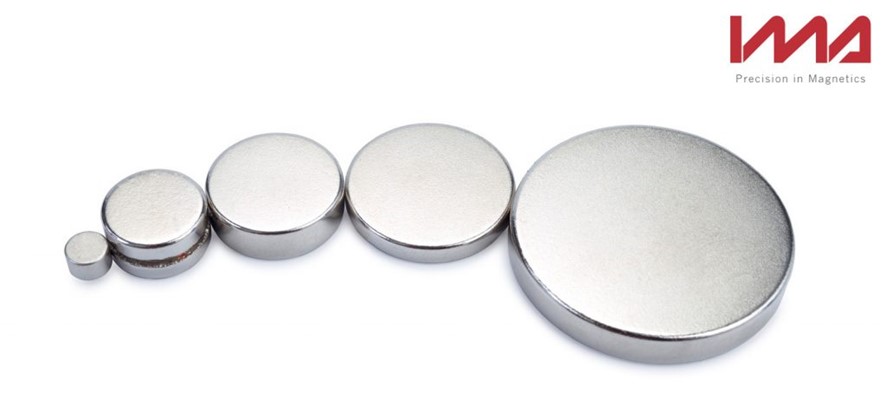How can a magnet produce sound and good acoustics?
A magnet can produce good acoustics, since sound is produced by sound waves. These sound waves are picked up by the ear and then transformed into nerve impulses. Magnetism and sound are related, the electrons rotate around the atom, this movement emits a magnetic field related to an external field, this effect is known as diamagnetism. When the atom vibrates, it causes thermal vibrations of the crystal lattice, causing the propagation of sound. When this sound passes through the magnetic field through the current, it produces various frequencies of vibration producing different sounds. This current reaches the electromagnet which produces the activation of the sound.
The volume and pitch of sounds depend on the shape and type of current transmitted in the form of a wave, which has all the information about the encoded sound of the audio. This wave we are talking about depends on 3 factors:
The electric current
The induced magnetic field
The vibration of the coil

A sound is produced when particles move through a medium, changing their state from rest to active. If we focus on the acoustics at a given location, the transmission of sound.
Most loudspeakers and headphones consist of a magnetic field. Through this field the music is reproduced. This is due to opposing magnetic fields (one fixed and one variable).
Another application in which we can find magnets improving acoustics is in microphones, this has a coil that with the help of a magnetic field produces a movement producing a signal from the electromagnetic that subsequently creates the sound.
How do the different types of magnets affect the speakers?
Depending on the type of magnet we use, we will have a different sound effect. The most commonly used magnets are neodymium, ferrite and alnico.
Neodymium magnets = this type of magnet has a good frequency response. They are usually used in headphones because of their high magnetic field (good frequency) in small dimensions.
Ferrite magnets= these magnets have a better loudness. Ferrite magnets are usually used for loudspeakers or large amplifiers, because they need a large size to obtain a large magnetic field.
Alnico magnets= the incorporation of this permanent magnet produces a classic, warm tone. Often found in electric musical instruments.
